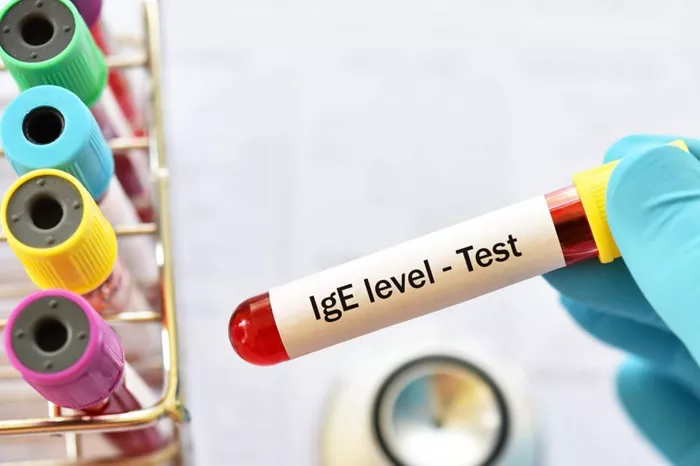A new review has called for a better integration of scales in cost – effectiveness studies of obesity prevention. This comes as researchers and policymakers strive to enhance the accuracy and comprehensiveness of economic evaluations related to obesity – prevention interventions.
The review highlights that existing studies often lack a unified and comprehensive scale system, which may lead to inconsistent results and difficulties in comparing the cost – effectiveness of different interventions. For example, some studies may focus on direct medical costs, while others consider broader social and economic impacts. Without a standardized scale, it is challenging to obtain a holistic view of the true cost – effectiveness of obesity prevention measures.
Moreover, different scales may be used to measure the effectiveness of interventions, such as changes in body mass index (BMI), reduction in the incidence of obesity – related diseases, or improvement in quality – adjusted life – years. The lack of integration among these scales makes it hard to accurately assess the overall benefits and costs of various strategies.
To address these issues, the new review suggests several directions. First, there is a need to develop a more comprehensive and unified scale that can cover all relevant aspects of cost – effectiveness, including both direct and indirect costs, as well as short – term and long – term benefits. Second, efforts should be made to establish a standardized method for integrating different effectiveness scales to ensure comparability and accuracy in evaluating the impact of different interventions.
By better integrating scales in cost – effectiveness studies of obesity prevention, it is expected that more reliable evidence can be provided for policymakers to make informed decisions on resource allocation and intervention selection, ultimately contributing to more effective prevention and control of the obesity epidemic.
Related topics:






























